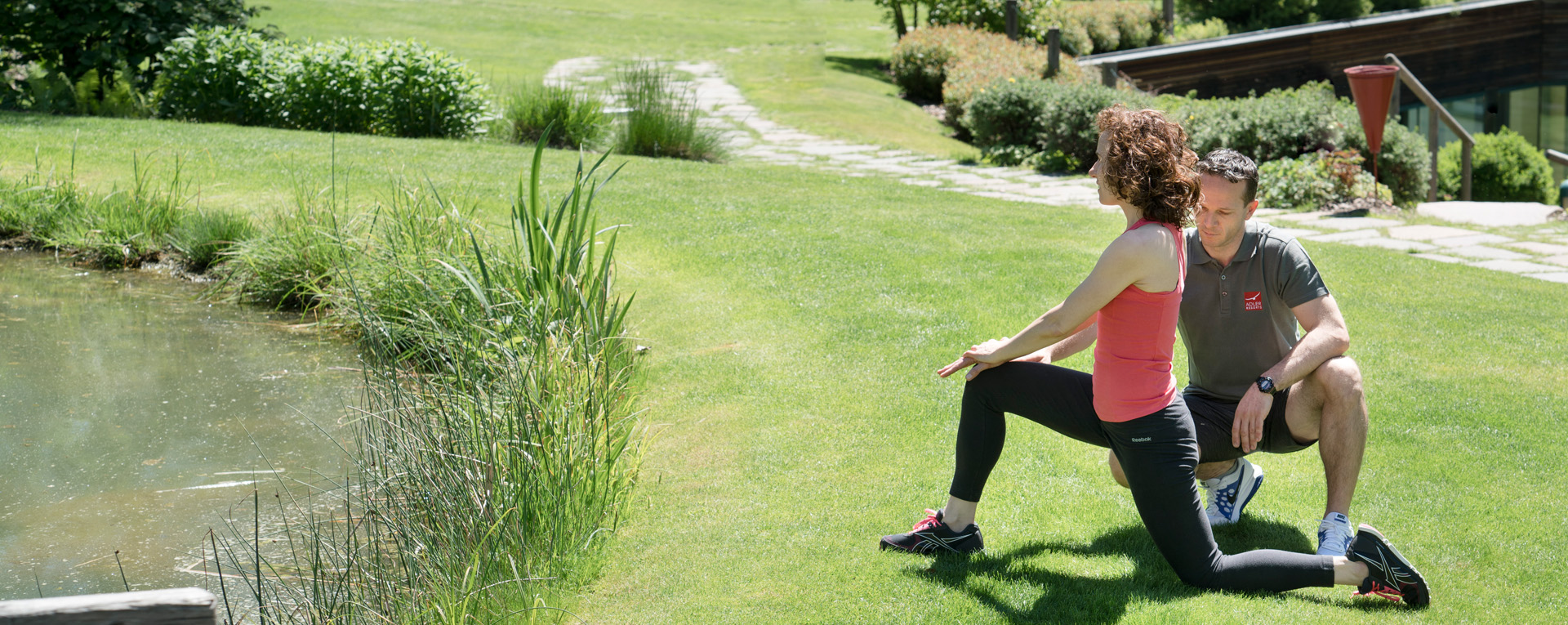The role of muscle testing in applied kinesiology
The manual muscle test is a diagnostic procedure used by medical practitioners and rehabilitation therapists for the detection and evaluation of diseases affecting the neuro-muscular system. Back in the 1960s, the American chiropractor George Goodheart Jr studied the diagnostic potential and possible therapeutic applications of the muscle test, which he further developed for this specific purpose, thereby giving birth to a discipline he himself named applied kinesiology.
THE MUSCLE TEST AS A FEEDBACK TOOL
By developing a specific type of sensitivity, muscle testing becomes a useful tool to investigate the functional integrity of nerve circuits, acupuncture meridians or internal organs. The underlying theoretical principle is that the alpha motor neuron, which is responsible for the activation of muscle fibre in voluntary muscles, has multiple afferent connections that influence its final discharge frequency and activate muscle contraction.
These afferents can originate from the skin, joints, internal organs, sensory organs and other parts of the nervous system; therefore, when the activation threshold is reached, the final discharge of motor neurons activating muscle fibre also contains information about the contribution of all the afferents involved. The art of applied kinesiology lies in decoding such information.
EFFECTIVENESS
Over the years, a number of studies have been carried out to validate applied kinesiology methods and effectiveness, including two recent Ph.Ds. Although these studies have so far proved inconclusive for a variety of reasons, the experiences shared by numerous medical practitioners and satisfied patients seem to support its clinical application, hence justifying further scientific research. Applied kinesiology is now widespread among chiropractors, medical doctors, osteopaths, dentists, psychologists and naturopaths and is used in various alternative medicine disciplines, with an increasing number of patients opting for a holistic approach in dealing with their health issues.
GOALS
A very effective tool for the management of acute pain and major traumas, allopathic medicine aims at curing diseases. Health – defined as a state of psycho-physical well-being – is the primary objective of practitioners and patients who tend towards functional medicine, namely a medical approach that optimises physiological functions and promotes self-healing processes. In this respect, applied kinesiology constitutes a transversal discipline that integrates and can be applied across a variety of approaches for the treatment of health issues and for restoring the body’s optimal balance.
MD Sergio Veneziani, Specialist in surgery, orthopaedics and traumatology

